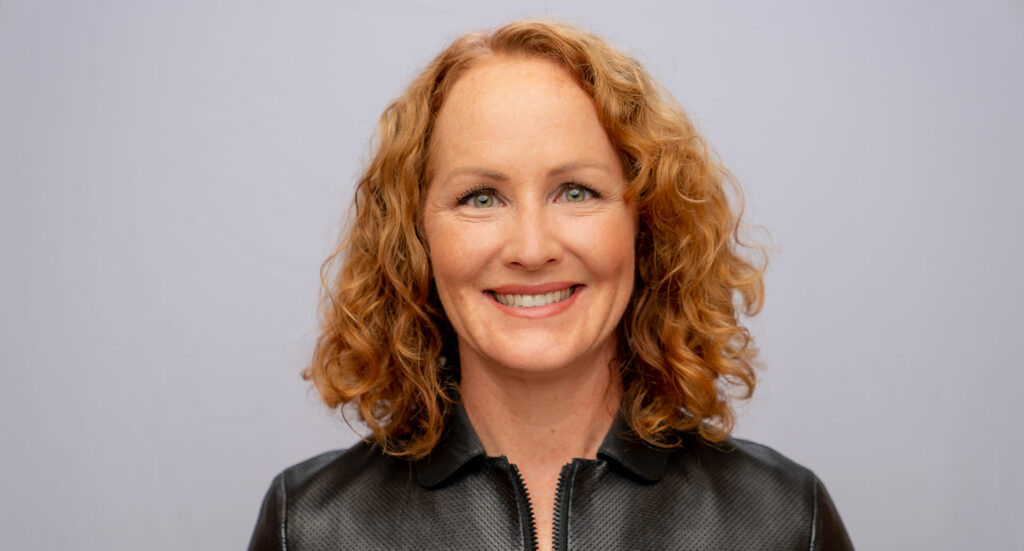Ever since my 1976 PhD (titled Pollutant Minimisation By Blue Flame Staged Combustion – fancy a copy?) I have been passionate about sustainability in the environmental sense. But in the last two years, sustainability has dramatically rocketed up the agenda of all businesses and the public sector.
Smart leaders of all organisations know that by looking through a ‘green lens’ into their enterprise they can better manage their environmental footprint. They can squeeze energy costs, reduce wastage, and become much more efficient. As such, profitability and sustainability are inextricably linked.
There are many examples of smart enterprises which are already carbon negative, whereby the amount of carbon dioxide emissions removed from the atmosphere is bigger than those put in from their operations, and I have saved vast sums of money from their bottom line. One of the best examples that I have come across is the huge applied technology company 3M. As a leading manufacturer, waste management has always been a top business priority for the enterprise. Its ‘Pollution Prevention Pays’ programme has saved an incredible $2.3bn since 1975. Is that big enough of an incentive for you?
But what’s all this got to do with ERP, I hear you ask?
Managing bottom-line costs, top-line revenues and overall financial reporting has long been the domain of back-office ERP. To enable and support sustainability initiatives, ERP must now add a ‘green line’ to calculate the environmental footprint of any business initiative. This means extending ERP basic business processes like order to cash and embedding KPIs into them, e.g. greenhouse gas emissions per unit of revenue.
We have to challenge our employers, partners and customers about what they are doing in sustainability
This ERP transition is already happening. SAP has produced sustainability reports for its own business since 2008. At its Sapphire user conference last month, the CEO, Christian Klein, announced a strategy of zero emissions, zero waste, and zero inequality to gradually build a green line into S/4HANA, SAP’s strategic ERP solution. It is unclear when SAP will actually deliver this green line product capability to customers. But S/4HANA already includes product compliance modules for the chemicals industry.
In addition to embedded ERP functionality, SAP today offers the SAP Cloud for Sustainable Enterprises product range, which includes:
• SAP Environmental Health and Safety (EHS)
• SAP Product Footprint Management, for minimising carbon emissions
• SAP Responsible Design & Production, for minimising waste in the circular economy
• SAP Sustainability Control Tower, for holistic sustainability reporting
In my opinion, Sapphire 2022 sustainability highlights were, firstly, the ability for customers to share carbon data across their value chains for the first time and, secondly, the inclusion of carbon footprint within S/4HANA sourcing and procurement functionality.
With such products, ERP customers may be able to drive further sustainability in their organisation. But such a drive depends more on simply having the right software in the enterprise toolkit.

What are the next steps?
A recent survey of ours, below, revealed a surprising variance in opinion amongst ERP customers about how ERP could drive sustainability within their organisation.
But what can all ERP customers actually do right now after hearing the SAP messaging coming out of Sapphire? And how should they enable the right course of action?w
To maximise the value from large ERP investments over the longer term, smart ERP customers have always maintained their own internal team of ERP experts after they go live. This team is usually termed an ERP Centre Of Excellence (COE). It typically integrates business and IT technical experts from the enterprise that know both their own ERP business processes in detail and how the complex ERP application software has been configured to enable them. The primary role of the ERP COE is to keep these processes running reliably and fully up to date. A highly effective ERP COE provides both agility and huge cost savings for an organisation.
Research shows that the most successful ERP COEs measure and optimise business benefits from their previous ERP investments by working with business process owners to identify and measure process KPIs, e.g. order to cash cycle time. These are regularly measured to improve processes and demonstrate the business value predicted in business cases. Sounds easy, yet most enterprises find it hard in practice.
All ERP COEs can renew their focus on measuring business value by addressing sustainability initiatives. They can directly support sustainability reporting and audits. They can also participate in business-led green lens projects to help reduce the current environmental footprint of the enterprise across its value chain.
But this is just the beginning. What if modern technologies could actually optimise these core processes? What if much-heralded predictive analytics technology could predict optimum product fulfilment for your top five customers, six months out, showing you the direct impact on your greenhouse gas emissions?
In 2022 we all have to get active. We have to challenge our employers, partners and customers about what they are doing in sustainability.
In the future, ERP will help us respond to the inescapable challenge of our burning planet. And who knows, SAP may have started a ‘green fire’ to help ERP become a strategic enabler of sustainability.
Dr Derek Prior spent 19 years as an ERP analyst at Gartner and is a non-executive director for Resulting, who specialise in measuring and maximising the success of SAP customers.




